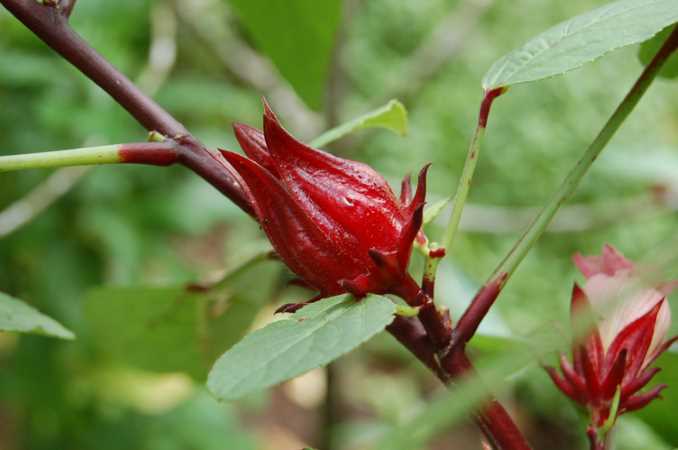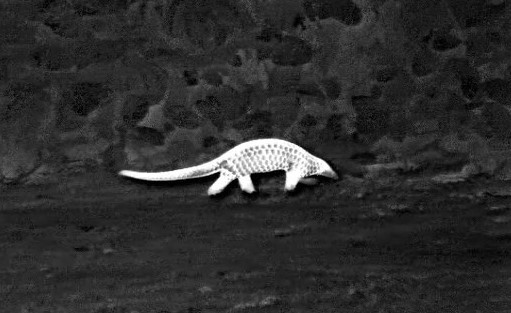
Plant of the Month
Heptapleurum arboricola
The Dwarf Umbrella-Tree (Heptapleurum arboricola) has attractive, glossy palmate leaves comprising 7 to 9 oval leaflets arranged in a whorl, resembling the spokes of an umbrella. In its native range of Hainan and Taiwan, this evergreen shrub is found growing along stream banks, wet forests and sometimes epiphytic on trees. It is commonly planted in Singapore as a hedge and screening plant and does best in semi-shade on well-drained, moist soil.

Animal of the Month
Anthracoceros albirostris
The Oriental Pied Hornbill is a large bird with black plumage and white patches. It's distinctive large bill is pale yellow. They nest in suitable holes in trees, sealing most of the hole up using a plaster made of mud and plant fibres. Their diet mostly consists of fruits, but they also feed on small animals such as reptiles, birds and mammals.
Sunda Pangolin
Video of wild Sunda Pangolin in Singapore, captured on Night Vision Equipment.

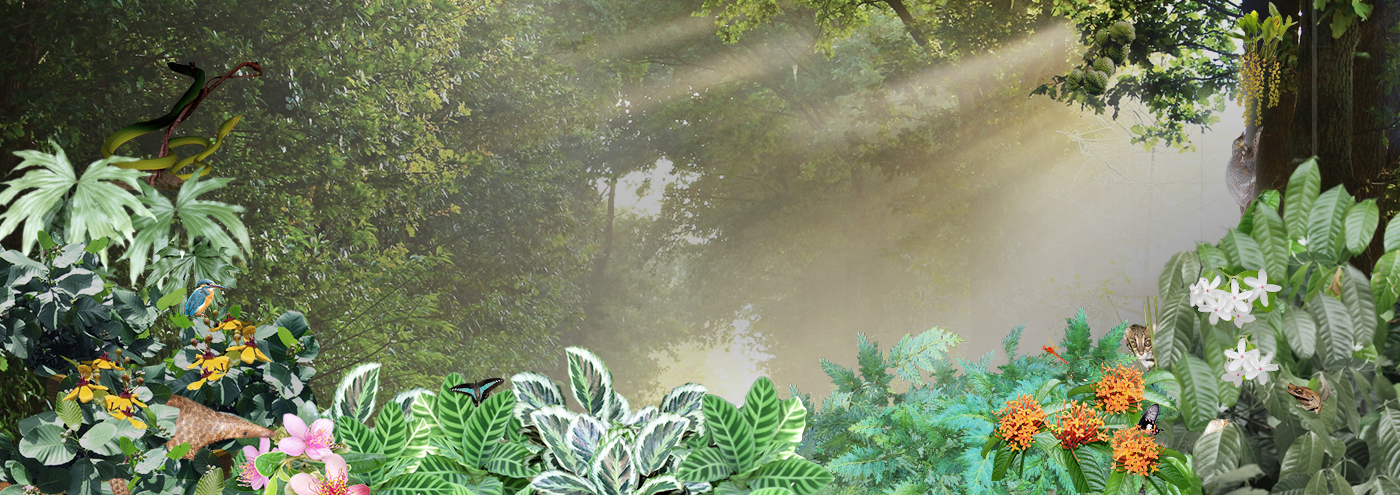
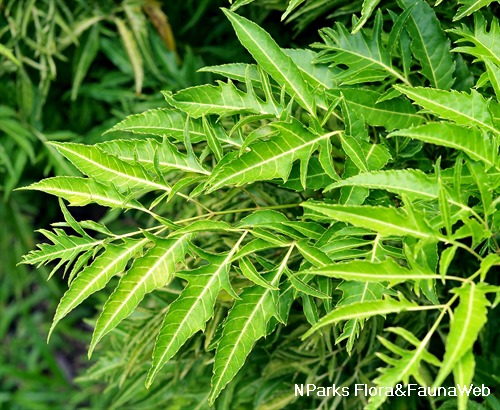
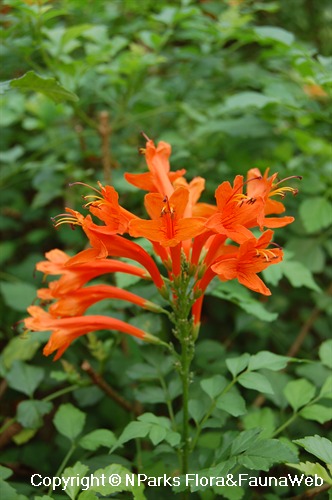
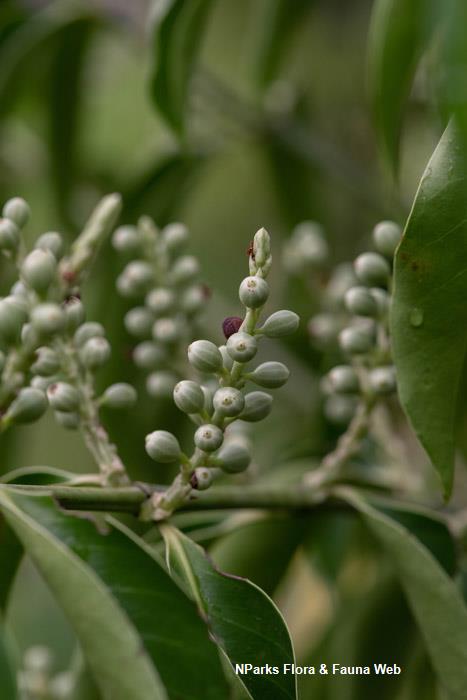
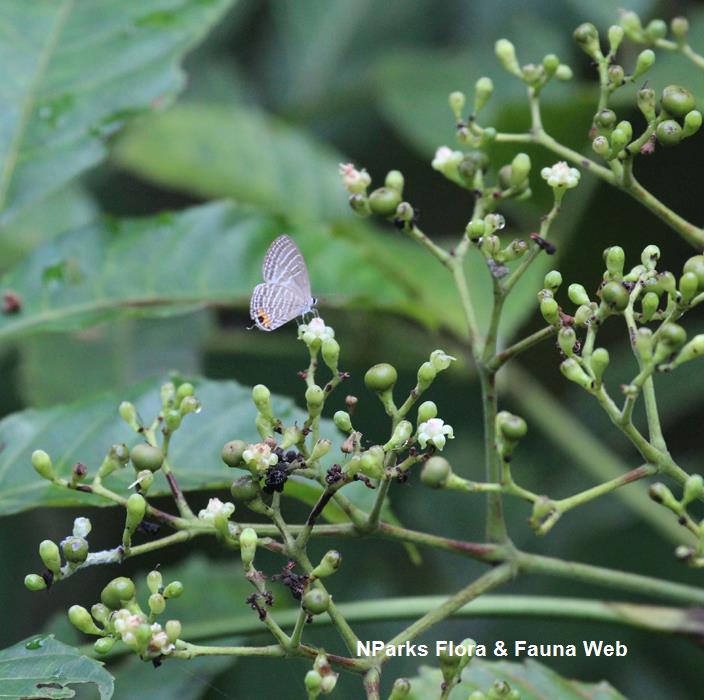
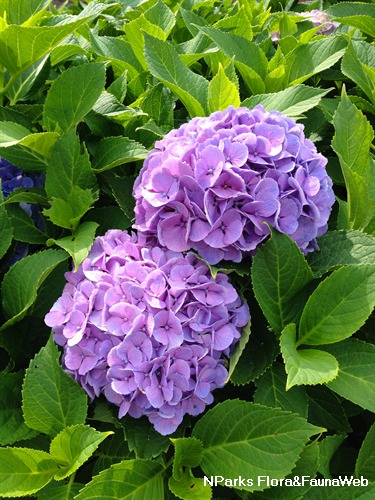
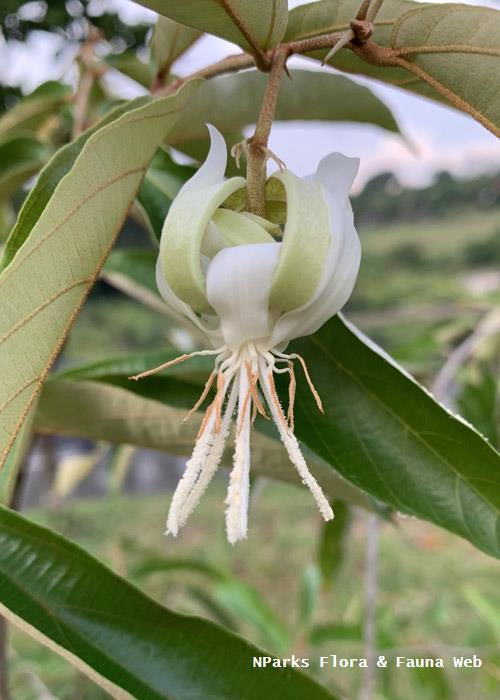
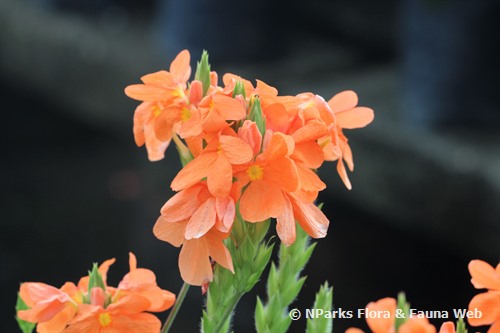
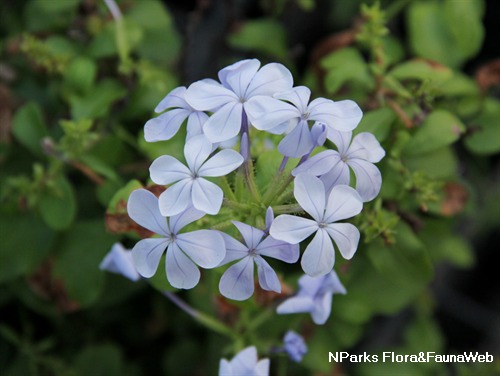
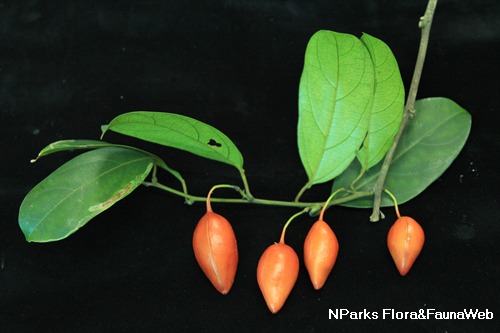
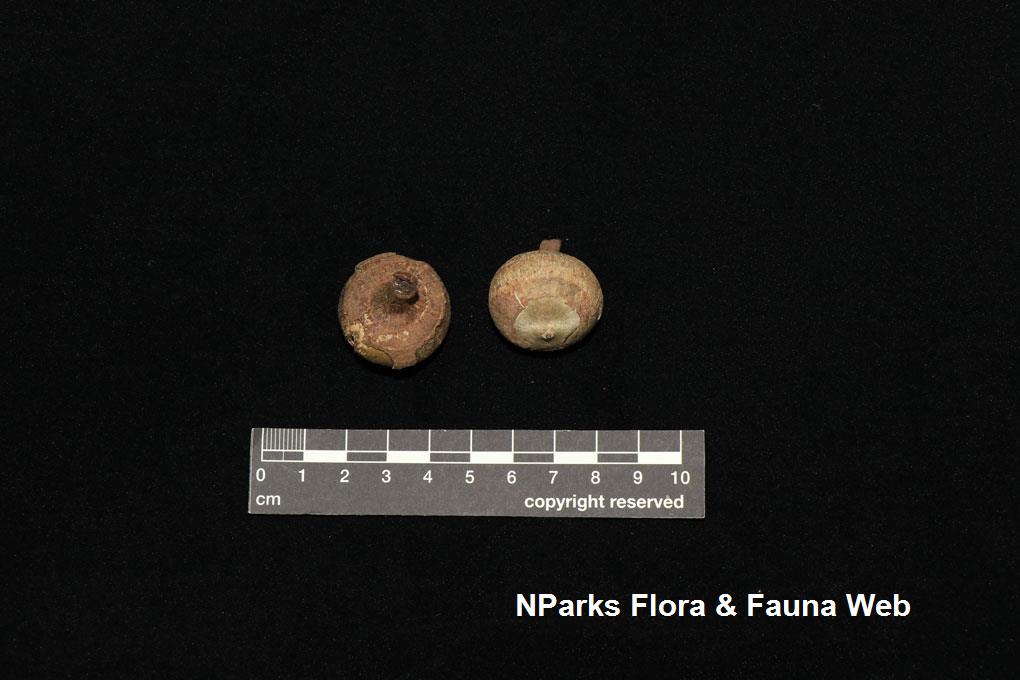
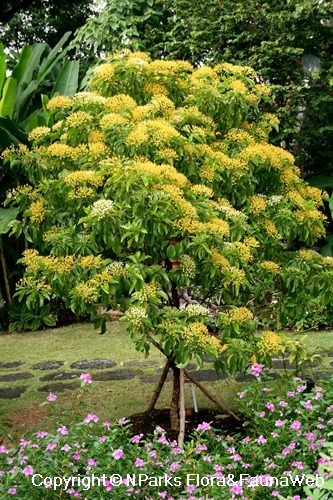
_low_res.jpg)



